What is Goodwill?
Jan 20
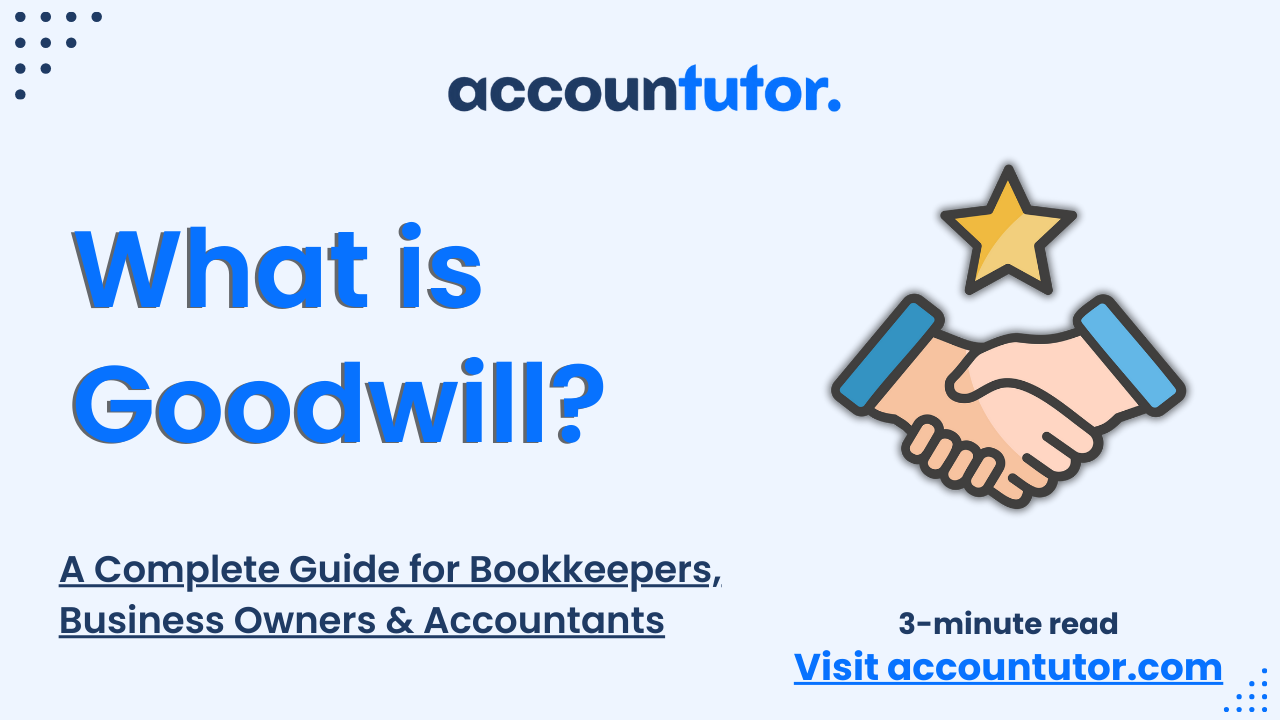
Introduction
Goodwill is an intangible asset that represents the excess value a company pays when acquiring another business above its net identifiable assets (assets minus liabilities). It reflects non-physical factors such as brand reputation, customer loyalty, intellectual property, and employee expertise that contribute to a company’s overall value. Goodwill is recorded on the balance sheet as a long-term asset and is subject to periodic impairment testing rather than amortization.
How it works?
A large retail chain acquires a smaller, well-known boutique store for $5 million. The boutique’s tangible assets, including inventory and fixtures, are valued at $3 million, while its liabilities total $500,000. The net identifiable assets are $2.5 million ($3 million - $500,000). The retail chain pays a $2.5 million premium, recorded as goodwill, recognizing the boutique’s strong brand reputation, loyal customer base, and strategic location. This goodwill represents the value of intangible factors contributing to the boutique’s ability to generate higher revenue and profitability.
Why it is important?
Goodwill plays a significant role in mergers, acquisitions, and business valuations, offering insights into the intangible strengths of a company. Its importance includes:
1.Value Representation in Acquisitions: Goodwill quantifies the premium paid for a business’s intangible assets, emphasizing factors like brand reputation and customer relationships.
Example: A beverage company pays a premium for acquiring a competitor with a strong market presence and patented recipes.
2.Strategic Business Evaluation: Goodwill reflects a company’s intangible competitive advantages, aiding in strategic decision-making during acquisitions.
Example: A tech firm evaluates the goodwill of a startup to assess the value of its innovative technologies and skilled workforce.
3.Indicator of Brand Strength: High goodwill often indicates strong brand equity and customer loyalty, critical for sustained growth.
Example: A luxury car brand’s goodwill reflects its reputation for quality and exclusivity, attracting premium-paying customers.
4.Financial Reporting and Transparency: Goodwill’s inclusion in financial statements provides a comprehensive view of a company’s value beyond tangible assets.
Example: An e-commerce giant records goodwill after acquiring a smaller competitor, offering investors transparency about the deal’s strategic value.
Types of Goodwill:
1.Purchased Goodwill: This arises when one company acquires another and pays more than the fair value of its net identifiable assets. Purchased goodwill is recorded on the acquiring company’s balance sheet.
Example: A retail chain acquires a local store, paying a premium for its location, brand reputation, and customer loyalty.
2.Inherent Goodwill: This represents the unrecorded goodwill that naturally exists within a business due to factors like strong management or established customer relationships. Inherent goodwill is not recorded in the financial statements unless the business is sold.
Example: A family-owned bakery builds goodwill through decades of consistent quality and community trust.
3.Positive Goodwill: Positive goodwill occurs when the purchase price of a business exceeds the fair value of its net identifiable assets. It reflects the buyer’s belief in the acquired business’s potential for future profitability.
Example: A tech company pays $2 million above net asset value for a startup due to its innovative software solutions.
4.Negative Goodwill (Bargain Purchase): This occurs when a business is acquired for less than the fair value of its net assets, often due to financial distress or liquidation. Negative goodwill is recorded as a gain on the acquirer’s income statement.
Example: A distressed manufacturing firm is acquired for $1 million, though its net assets are worth $1.5 million, resulting in $500,000 of negative goodwill.
Conclusion:
Goodwill is a critical intangible asset in business acquisitions, representing the value of non-physical factors that contribute to a company’s success. By capturing elements like brand equity, customer loyalty, and operational expertise, goodwill highlights the strategic advantages of a business. Proper management and periodic impairment testing of goodwill ensure transparency and accuracy in financial reporting, supporting long-term growth and stakeholder confidence. Understanding and leveraging goodwill enables businesses to make informed decisions in acquisitions and maintain competitive advantages in their industries.
Accounting and Bookkeeping courses for you
Subscribe to our newsletter
Stay informed with the latest accounting tips, tools, and updates from Accountutor right in your email inbox.
Thank you!
Policy Pages
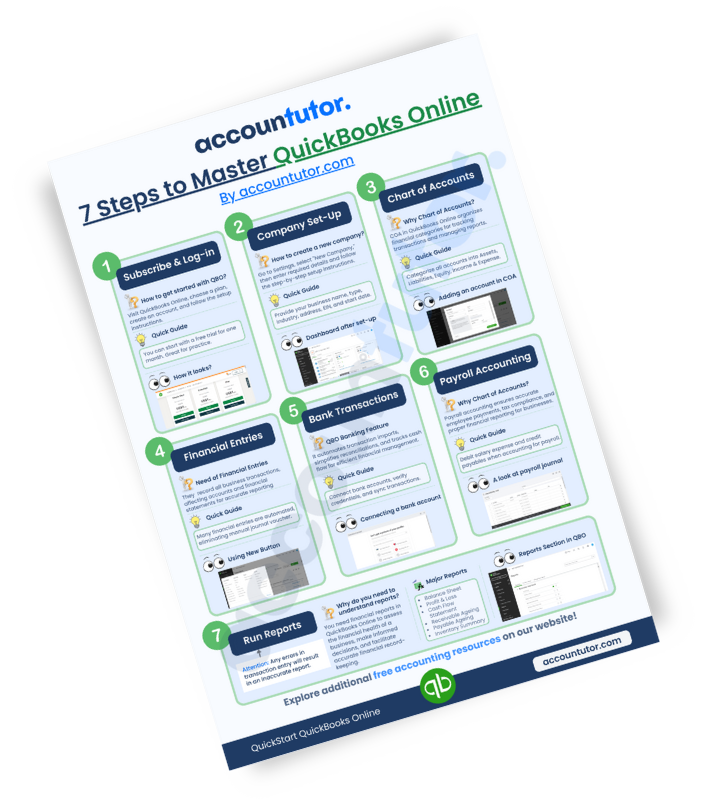
Download QuickBooks Online PDF Guide
Thank you!
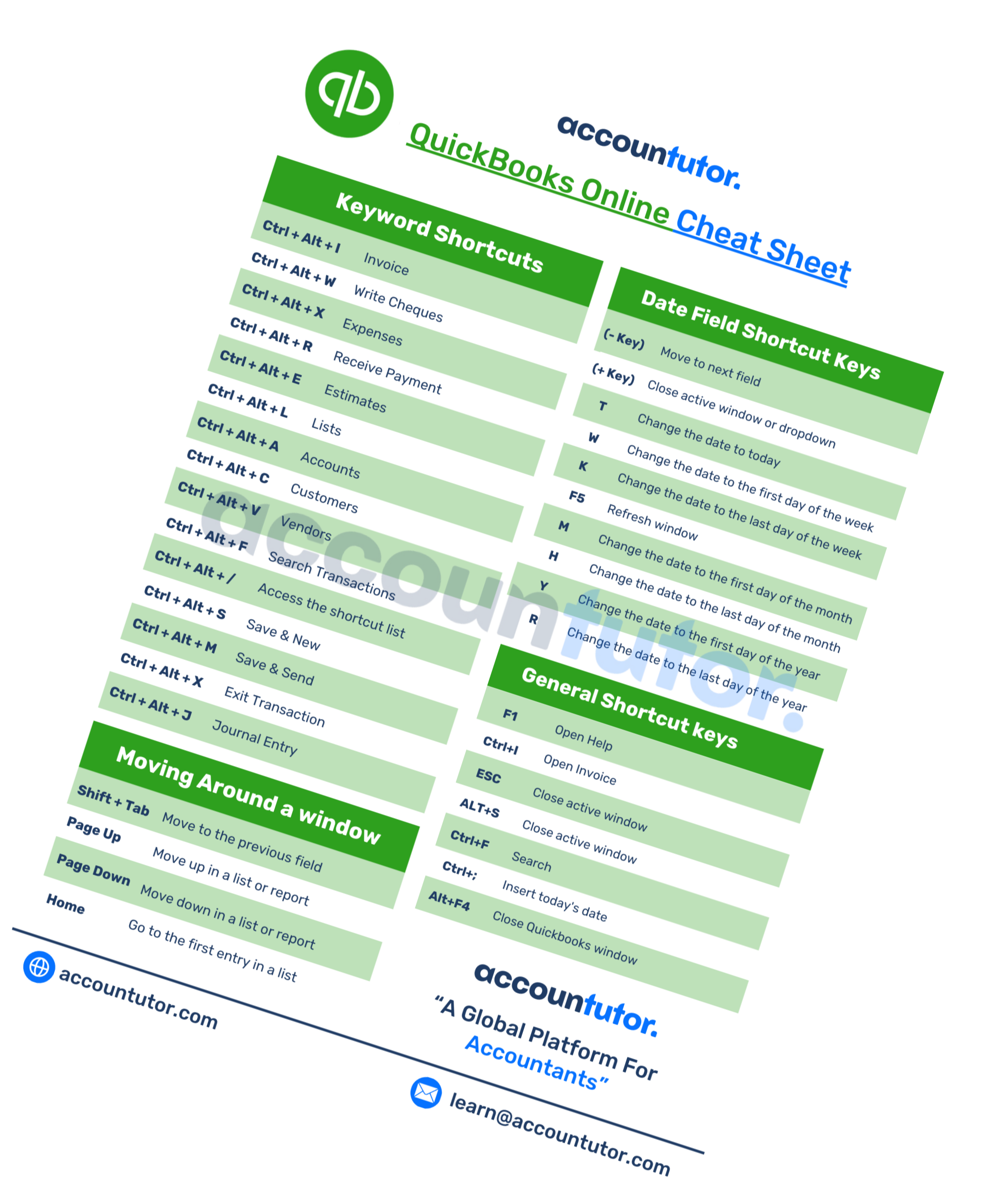
Download QuickBooks Online Cheat Sheet
Thank you!
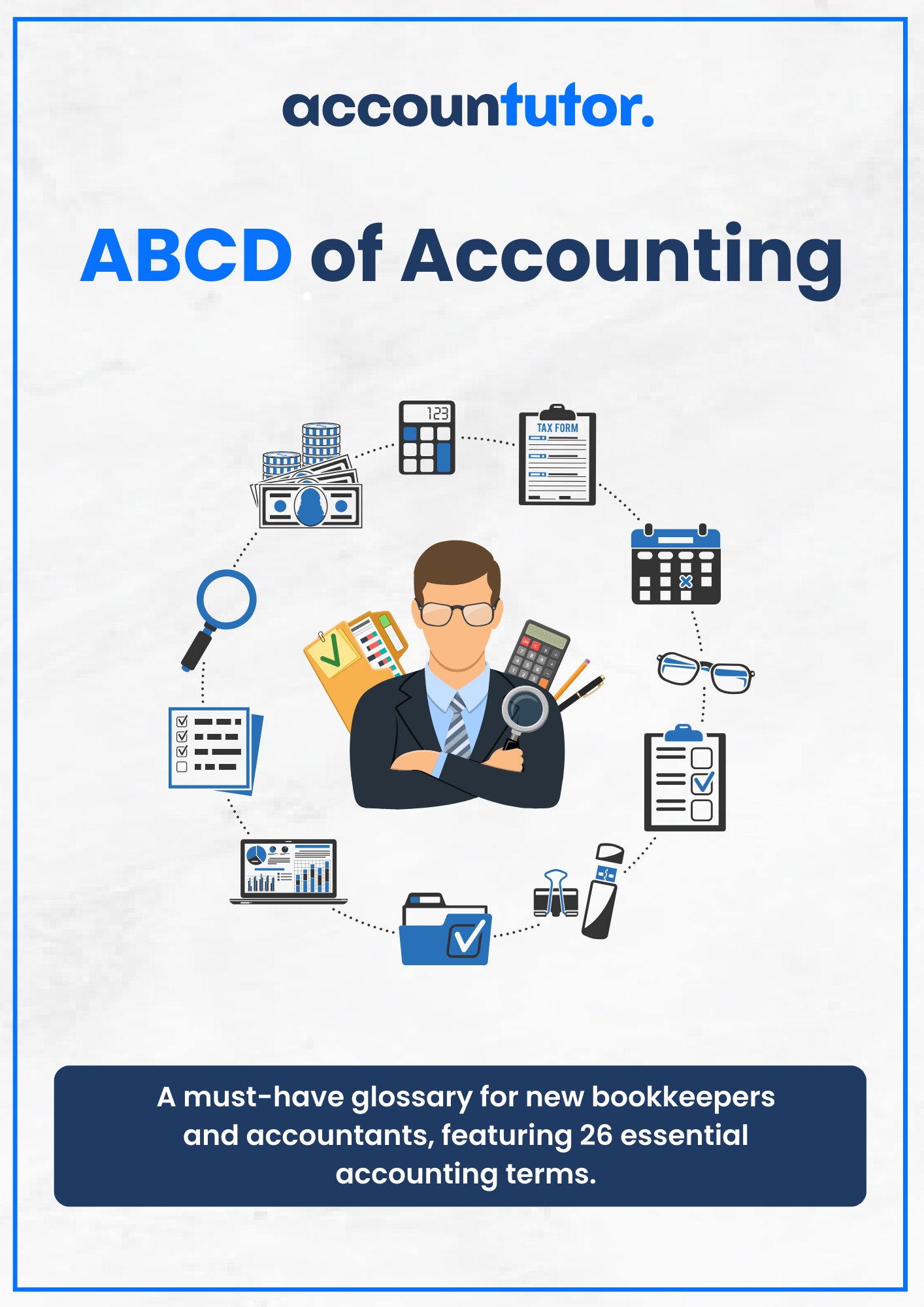
Download ABCD of Accounting
Thank you!
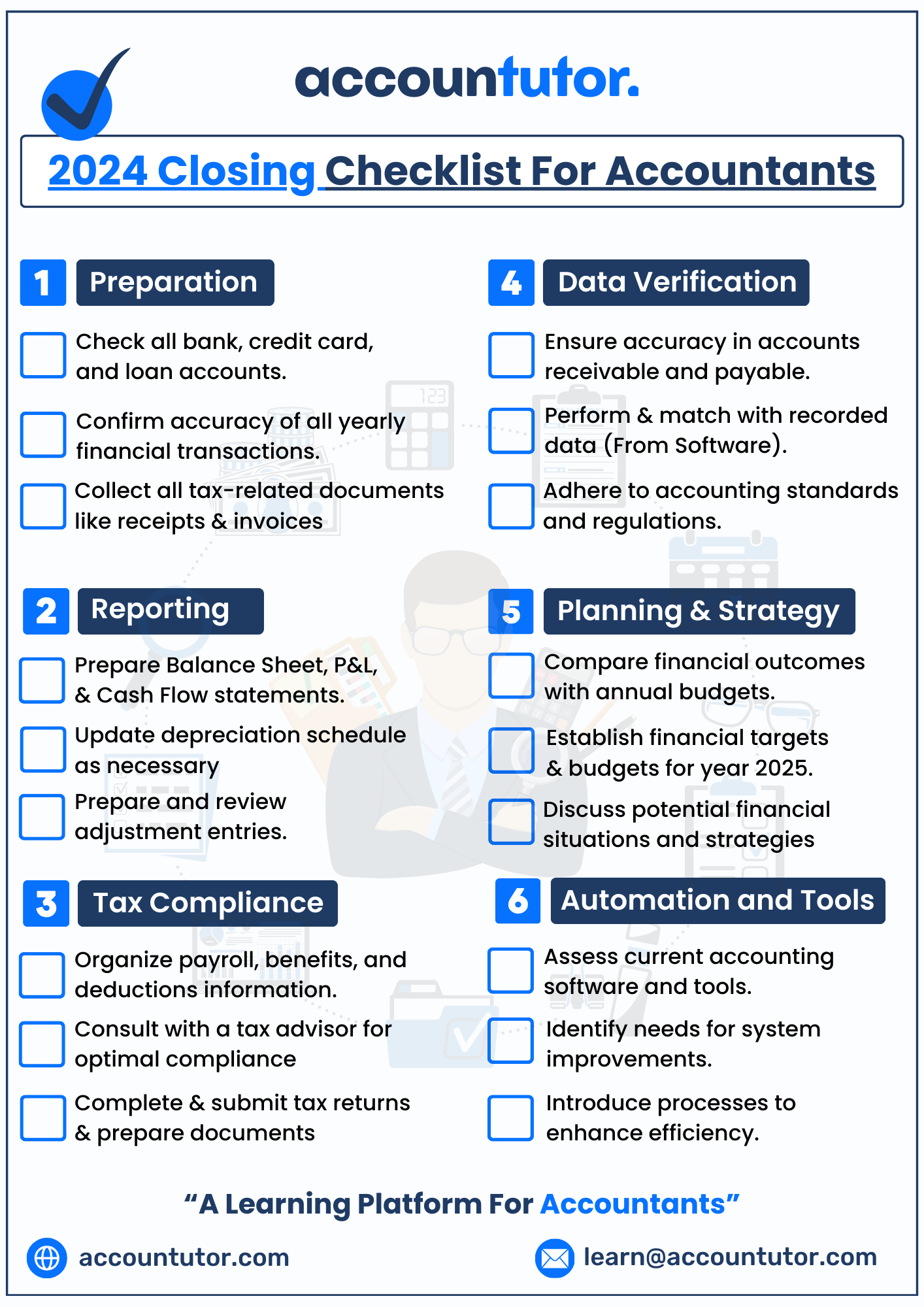
Download Checklist 2024
Thank you!
Register For Free!
Thank you!
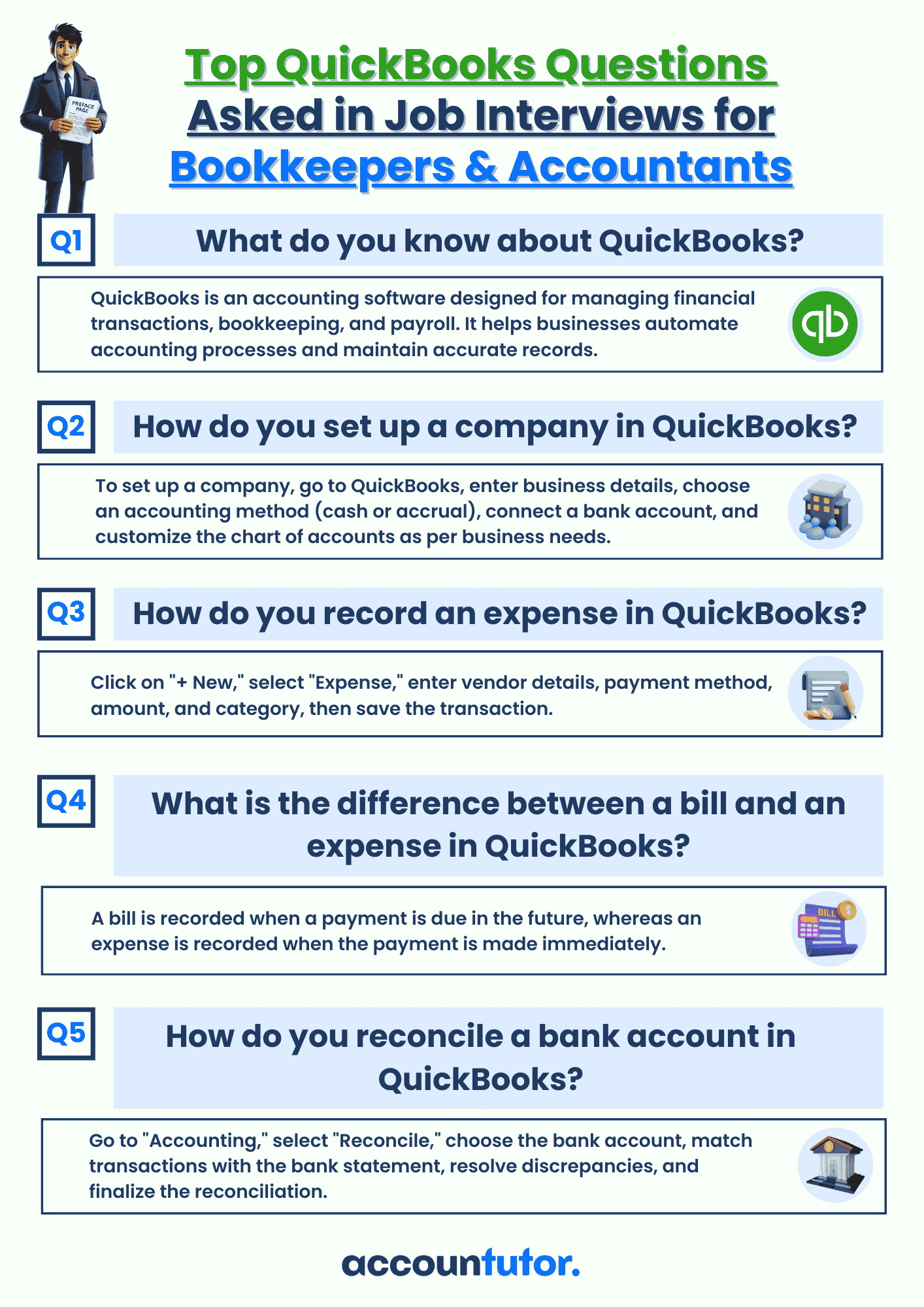
Download Interview Questions
Thank you!
Register for this webinar: How to Master QuickBooks Online— Without Feeling Overwhelmed
7th JUNE 2025 | 8:00 AM PST | 11:00 AM EST
Thank you! The joining link will be sent to your email shortly!
Webinar joining link will be sent to your email address.
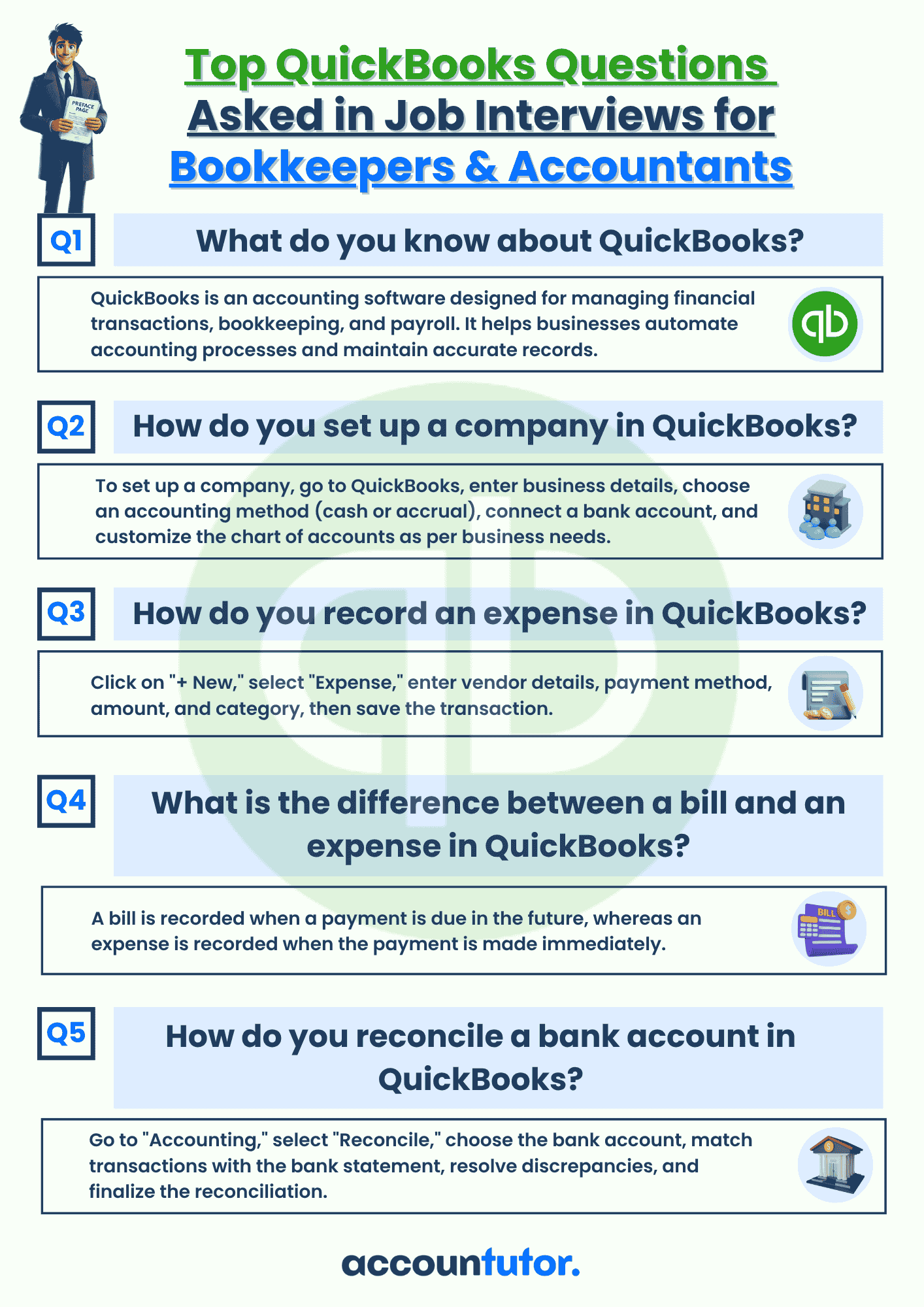
Download QBO Job Interview Questions and Answers PDF
Thank you!

Download Interview Questions
Thank you!

Download 50 Interview Questions For Bookkeepers
Thank you!

Download QuickBooks Online Guidebook
Thank you!

